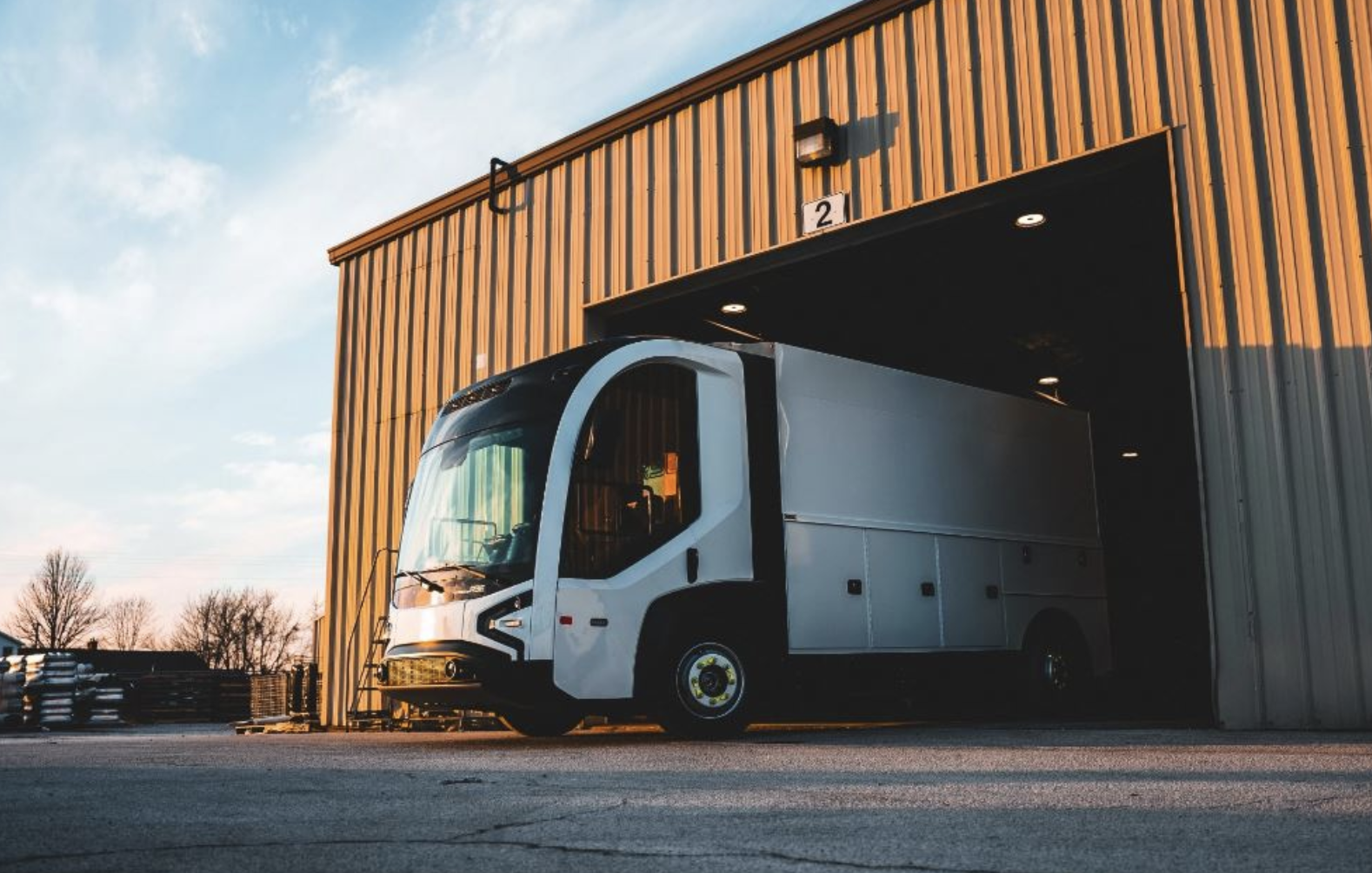


It’s understood that autonomous trucks boost fuel efficiency compared to human-driven big rigs.
But the potential energy efficiency gains could be far greater.
In a white paper released Tuesday, Aurora Innovation looked at immediate, medium- and longer-term opportunities and found some obvious and not-so-obvious savings.
The headline factoid: Autonomous trucks could achieve 13%-32% net energy efficiency improvement per loaded mile compared to human-driven miles. It is a lot to digest.
Aurora makes its case
Aurora points to this potential benefit as it readies commercial operation of 20 driverless trucks in Texas later this year. Autonomous trucks have their detractors. Two out of three Americans are scared of autonomous trucking, according to AAA. The Teamsters are pushing state by state to keep safety drivers in autonomous trucks for safety and job retention.
Pittsburgh-based Aurora also points to emission reductions that autonomous trucks can foster.
“While no single solution will solve the emissions crisis, autonomous trucks present a significant opportunity to improve the sustainability of freight-hauling fleets and reduce emissions in the transportation sector,” according to the white paper authored by Garrett Bray, who has a Ph.D. in engineering and leads several functions at Aurora including sustainability.
No more beat the clock
Long-haul truck drivers most often get paid by the mile. So some drive fast to make more money and to beat the clock that limits them to driving 11 hours a day. Autonomous trucks will get paid by the mile. But they can operate up to 24 hours a day and maintain a slower speed. Aurora most often limits its highway speed to 65 mph, even in Texas where 75 mph is allowed.
Slowing down reduces aerodynamic drag by 14%-25% and cuts energy consumption by 9%-17%, efficiency measures promoted by the American Trucking Associations.
Idling is another waste of energy. The North American Council for Freight Efficiency pegs idling — where a human driver is sleeping, eating, working or relaxing — at 45% or more of the time a truck is running. An autonomous truck does none of that. Still, the maximum potential savings are realized when driverless trucks limit how long they sit with the engine running at terminals following hub-to-hub runs.
The white paper also offers suggestions for reducing deadhead miles — traveling with no cargo load. The ATA estimates that makes up 15% of trucking miles.
Read more: FreightWaves
561-295-1777